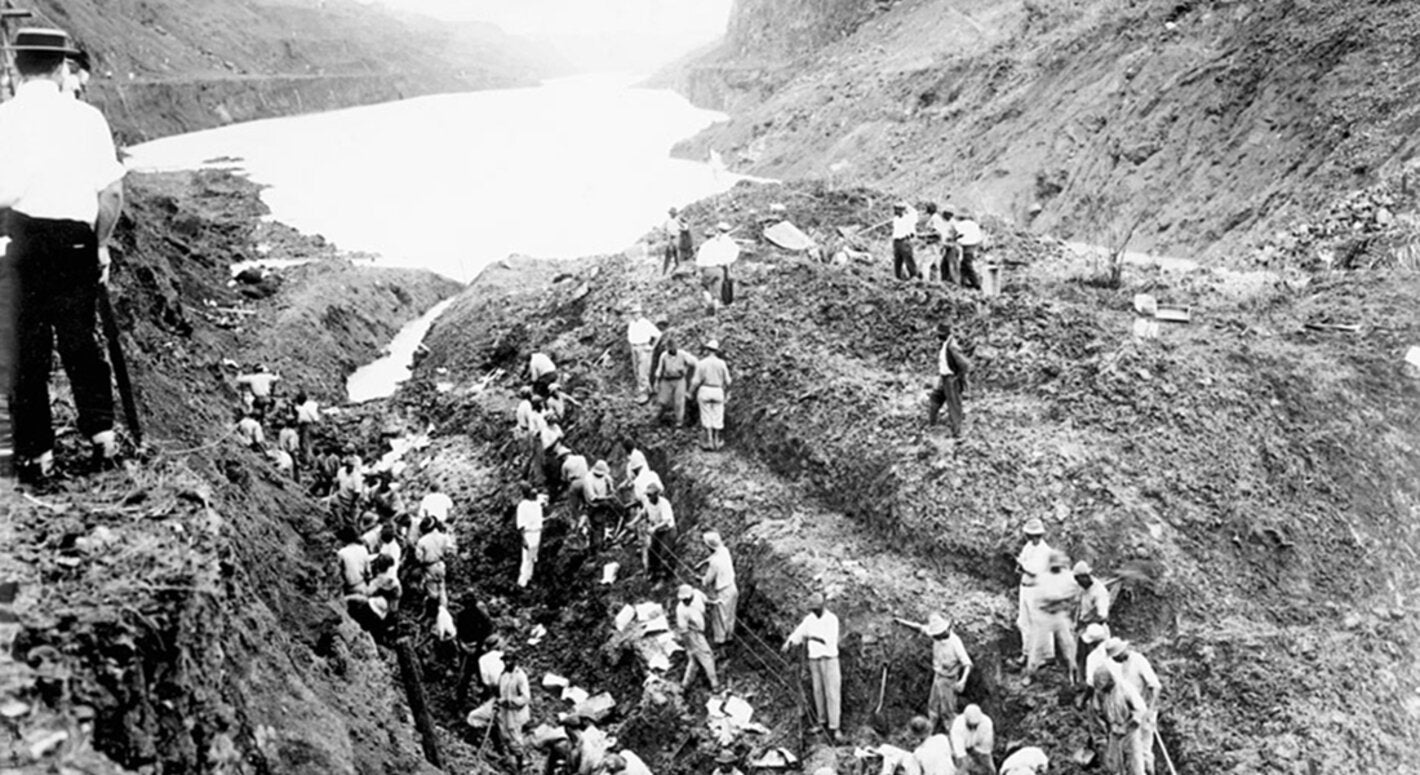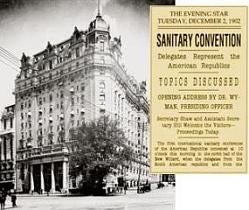The First International Conference of American States, held in Washington, D.C., from 2 October 1889 to 19 April 1890, provided a major impetus for Pan Americanism. During the session of 7 December 1889, the delegates approved the creation of a Tenth Committee, composed of seven members from five countries (Brazil, Nicaragua, Peru, the United States, and Venezuela), to consider and report on the new methods of establishing and maintaining health regulations in trade between the various countries represented at the Conference. The Tenth Committee recommended, and the Conference endorsed the recommendation, that the American republics adopt the International Sanitary Convention of Rio de Janeiro (1887) or the text of the Sanitary Convention from the Lima Congress (1888).
With the historical background of these international health agreements, the Second International Conference of American States (Mexico City, 22 October 1901-22 January 1902) created a Tenth Committee, which presented a report in January 1902 that was approved by the Conference. It recommended that the International Bureau of the American Republics (today the Organization of American States) call a general convention of representatives of the health organizations of the American republics to formulate sanitary agreements and regulations and to periodically hold health conventions. It also recommended that the general convention designate a permanent executive board to be known as the International Sanitary Bureau, with headquarters in Washington, D.C.


